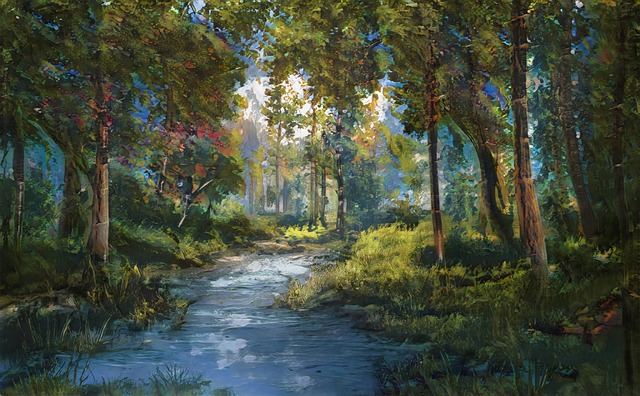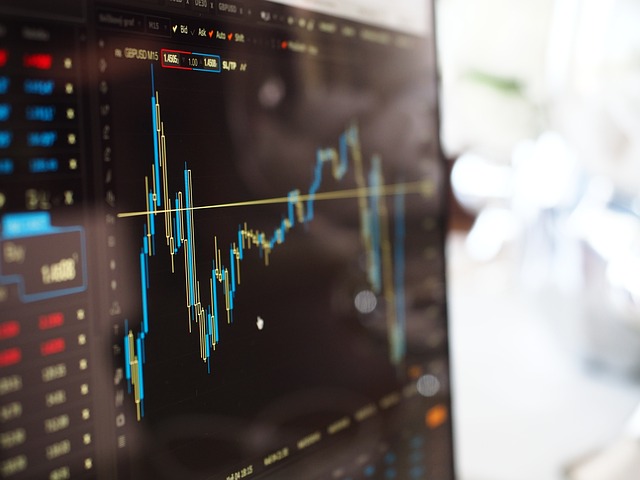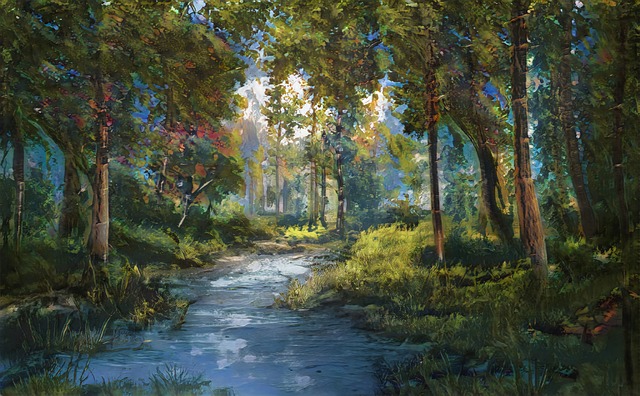A rapidly evolving art world, where creatives can now monetize their digital masterpieces and gain control over their own intellectual property. The rise of NFTs (Non-Fungible Tokens) has transformed the way artists showcase and sell their work, offering a new frontier for artistic expression and transformation. As we delve into the world of NFTs and their impact on the art market, it’s essential to understand the key players, trends, and technologies driving this revolution.
For those interested in exploring the intersection of art and blockchain, consider checking out our latest guide on the future of decentralized finance.
The NFT market has experienced tremendous growth over the past few years, with artists like Beeple and Pak gaining international recognition for their digital artworks. These unique tokens represent ownership of a specific digital asset, such as an image, video, or even a piece of music. The concept is simple: by creating and selling these non-fungible tokens, artists can gain financial rewards and build a community around their work.
One of the most significant transformations in the NFT market has been the rise of digital collectibles. Artists are now able to create limited edition prints, which can be bought and sold as unique digital assets. This has opened up new avenues for artists to monetize their work, allowing them to connect directly with fans and collectors.
Another key aspect of the NFT market is its use in art exhibitions and galleries. Virtual reality experiences are becoming increasingly popular, allowing visitors to immerse themselves in the artwork and interact with it in a more engaging way. This shift has significant implications for the art world, enabling new forms of storytelling and artistic expression.
Technological advancements have also played a crucial role in shaping the NFT market. Blockchain platforms like Ethereum and Polygon have enabled the creation and trading of these unique tokens, while tools like OpenSea and Rarible have simplified the process of buying, selling, and storing NFTs. These platforms have democratized access to the NFT market, allowing artists and collectors from around the world to participate.
Artistic transformations in the NFT market are also being driven by emerging technologies like AI and machine learning. Artists are now using these tools to generate unique digital artworks, which can then be bought and sold as NFTs. This has opened up new possibilities for creative collaboration and artistic experimentation.
The impact of NFTs on traditional art markets is a topic of ongoing debate. While some argue that NFTs are threatening the very fabric of the art world, others see them as a new frontier for artistic expression and innovation. As the market continues to evolve, it’s likely that we’ll see a blending of traditional and digital art forms.
For collectors looking to enter the world of NFTs, consider starting with some of the most popular platforms like OpenSea or Rarible. These platforms offer a range of features, including galleries, forums, and social media integrations, making it easy to discover new artists and artworks.
As we look to the future of the NFT market, one thing is clear: this is an exciting time for artists, collectors, and enthusiasts alike. With emerging technologies, innovative platforms, and a rapidly evolving art world, the possibilities are endless.
The NFT market has come a long way since its inception, with significant advancements in technology, artistry, and collectibility. It will be interesting to see how the market continues to evolve as we move forward into an increasingly digital future.
With so many new artists emerging all the time, it can be difficult to know where to start when looking for NFTs. Here are a few popular options:
These platforms offer a wide range of NFTs, from digital art to collectibles and even virtual real estate. Whether you’re an experienced collector or just starting out, there’s something for everyone.
As the world of NFTs continues to grow, it’s essential to stay informed about the latest trends, technologies, and artistic transformations. By doing so, collectors can make educated decisions about which NFTs to buy and sell, ensuring a successful investment in this rapidly evolving market.
The future of NFTs is bright, with emerging technologies like AI and machine learning set to revolutionize the way we create, collect, and interact with digital art. As we look to the years ahead, one thing is certain: this is an exciting time for artists, collectors, and enthusiasts alike.
The NFT market has brought a new level of excitement and possibility to the world of art. By embracing emerging technologies and innovative platforms, artists can reach new audiences and build a community around their work. For collectors, there’s never been a better time to get involved in this rapidly evolving market.
As we close out our exploration of the NFT market and artistic transformations, it’s clear that this is just the beginning of an exciting journey. With its unique blend of artistry, technology, and collectibility, the NFT market has opened up new possibilities for creatives and enthusiasts alike.
NFT Market and Artistic Transformations: A Guide to the Future of Digital Art
Tag 1: Non-Fungible Tokens
Tag 2: Decentralized Art Market
Tag 3: Digital Collectibles
Tag 4: Virtual Reality Experiences
Tag 5: Blockchain Technology



